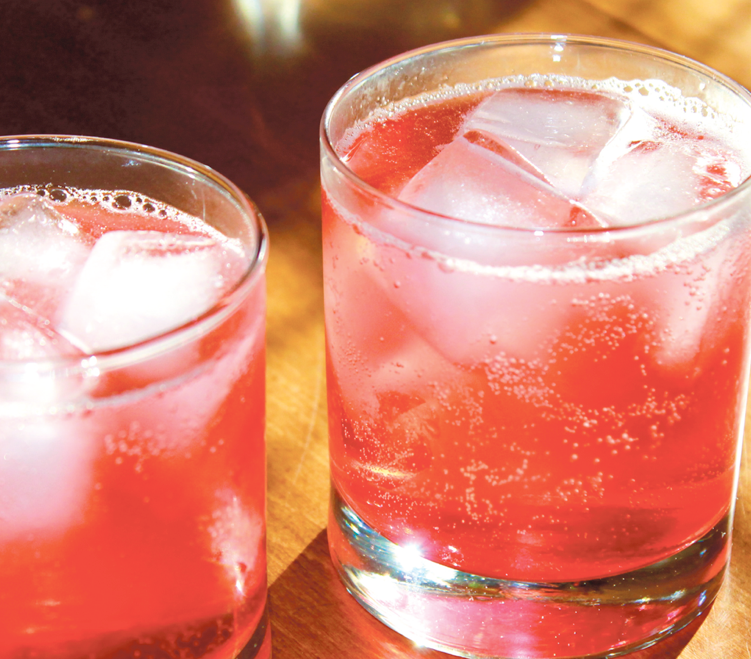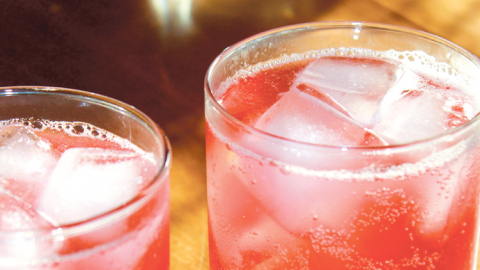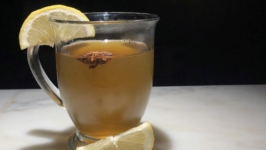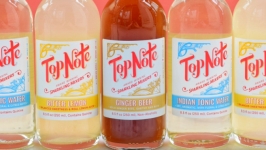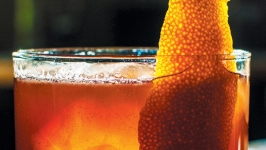Cream City Libations: Cordials and Liqueurs, Made with Love
A few years back, when the economy was really in the tank, many of my friends were struggling. The holidays were just months away and, barring a miracle, we’d have a sparse landscape under the tree, with potential for despair. Nobody wanted to sit out the holidays, and so I hatched a plan: about a month before the celebration we would all put our names in a hat, each person would draw one name, and only give a gift to that one person. There was one other caveat: the gift had to be homemade.
To clarify, most people use the terms “liqueur” and “cordial” interchangeably. To be technically correct, though, cordials are the fruity, clear variety, and liqueurs are creamy and more robust.
Admittedly, it was a radical plan, contrary to practically everything the holiday season has come to mean. As you can imagine, there was some resistance to this plan among our more monied friends, but in the end everyone got on board. We drew names a few weeks before Thanksgiving and set to work. Turning our backs on excess and consumerism, we stayed out of traffic and the malls. We dug deep within ourselves and found the holiday spirit, helping each other in secret to make gifts, pooling ideas, resources and talent. We rebooted our holiday gift-giving, and it kept our hearts warm with a loving secret like no trip to a big-box store ever has.
When the day came to exchange our gifts, I looked around the room and saw genuine warmth and delight. Our holiday celebration had transcended the baseline anxiety symbolized by the gift receipt, and was the best I can remember. By the following year everyone had begun to improve financially, but I have never forgotten the transformative effect of personal giving. Each year I include handmade gifts, and this season I hope you’ll try it, too.
Mixed, With Love
Even if you think you have no talent for mixology, making your own cordials and liqueurs is a smart, easy way to spread the holiday cheer. Do not be intimidated by the sexy packaging of overpriced, commercially-produced varieties that clamor for your attention. You can make your own fresh and delicious alternative. Better still, you can make it in batches large enough to keep you in the holiday spirit, too.
To clarify, most people use the terms “liqueur” and “cordial” interchangeably. To be technically correct, though, cordials are the fruity, clear variety, and liqueurs are creamy and more robust.
There are a few concerns when making your own liqueurs and cordials. First is safety. Wash your hands, sterilize your equipment, use clean ingredients and keep them cold until you serve them. Second is flavor. Most any fruit flavor you can think of can be used to make cordials, and confectionery elements like vanilla and caramel are perfect for creamy liqueurs.
A third element to consider is appearance, and it matters in two ways. First, the appearance of the liquid itself. In the case of clear cordials, filtration matters. I use cheesecloth for coarse filtration and coffee filters to fine-tune the clarity of the cordials I produce. Some people use a jelly-straining kit, and others might consider using agar, but I’m perfectly happy with my lower-tech approach. Feel free to experiment to find your own comfort zone. The second factor in appearance is the packaging; you are giving a gift, after all. I take a minimalist approach and hang tags from swing-top bottles I buy from Amazon and secondhand stores. For a more homespun look, I use canning jars with a handwritten calligraphy label on card stock between the seal and the ring. Whatever you choose, it should be clean, seal tightly, have a label that shows what’s inside, and include an expiration date (if applicable).
The process of making fruit cordials is fairly uniform, involving a flavored syrup and a spirit base. Any sweetener can be used in this process, but I prefer natural sweeteners like sugars or honey, or syrups like agave or maple. You might be tempted to try artificial sweeteners in this “skinny” (low-calorie) drink era, but they impart a chemical flavor I find impossible to overlook or enjoy. As always, these recipes are intended for adult use only.


